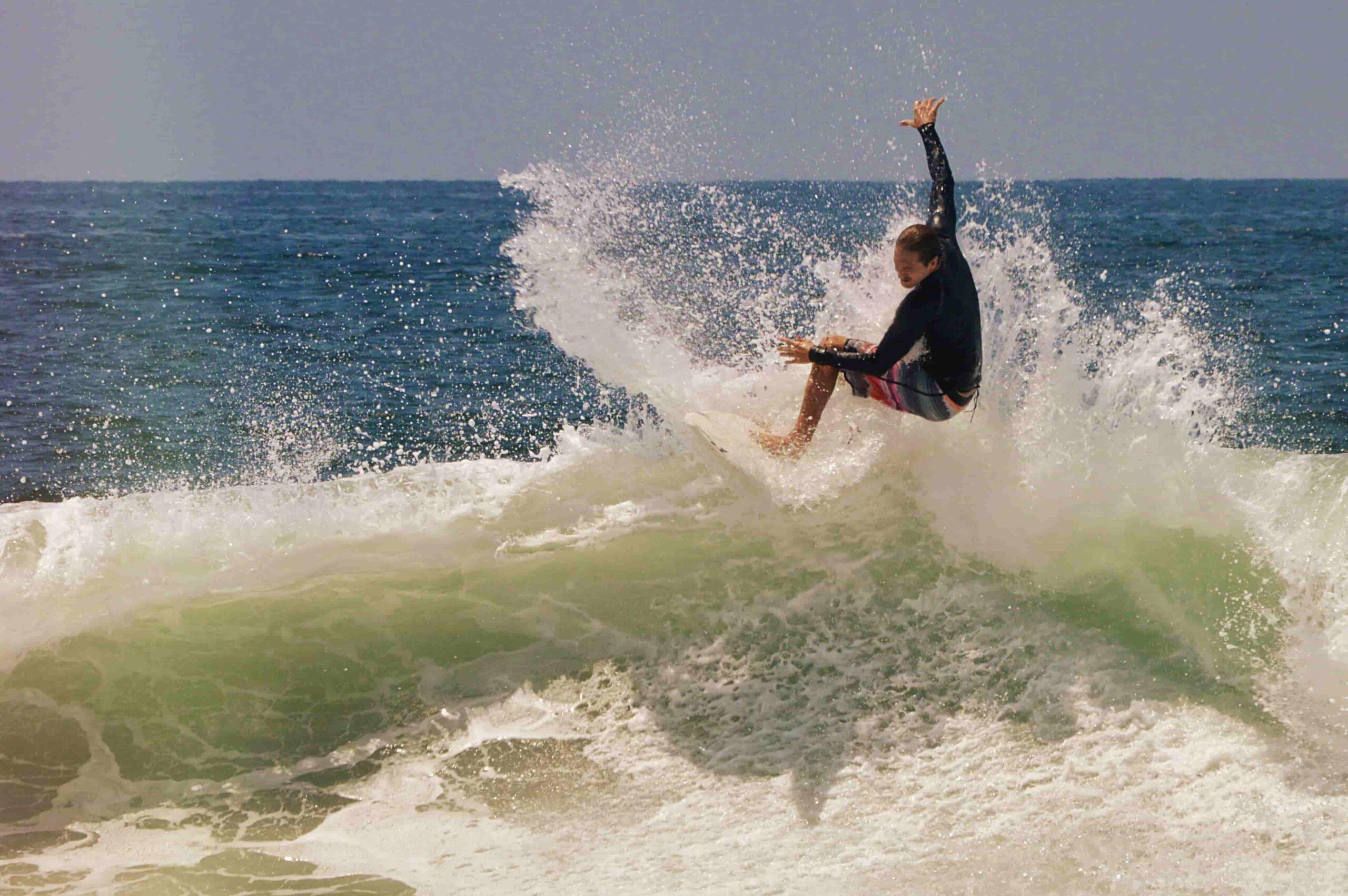Introduction:-Water skiing, a thrilling water sport that combines elements of athleticism, balance, and sheer exhilaration, has been captivating adventure seekers for decades. Among the various forms of water skiing, sports water skiing stands out as a dynamic and competitive discipline that pushes athletes to their limits. In this article, we will delve into the world of sports water skiing, exploring its history, the essential skills required, the competitive landscape, and the sheer joy that comes with gliding across the water at breakneck speeds.
History of Sports Water Skiing:
The roots of water skiing can be traced back to the early 20th century when water skis were invented as a mode of transportation in places with frozen lakes. However, it wasn’t until the mid-20th century that water skiing evolved into a recreational and competitive sport. Sports water skiing, with its emphasis on speed and precision, emerged as a distinct discipline in the 1960s.
One of the pioneers of sports water skiing is the American Ralph Samuelson, who is credited with the invention of water skiing in 1922. Samuelson’s experiments with wooden boards and modified snow skis laid the foundation for the sport we know today. As water skiing gained popularity, enthusiasts began to explore its competitive potential, giving rise to organized events and championships.
Essential Skills for Sports Water Skiing:
Sports water skiing demands a unique set of skills that combine strength, balance, and agility. Here are some essential skills that every sports water skier must master:
Elevate your game with top-notch sports gear Long jump and High jump expert advice. Explore our latest collection for unbeatable performance and style.
-
Balance and Core Strength:
- Maintaining balance on skis while being towed by a boat requires a strong core and lower body stability.
- Athletes engage in specific exercises to enhance their core strength, such as stability drills and balance training.
-
Boat Handling:
- Communicating effectively with the boat driver is crucial. Skiers use hand signals to convey speed preferences and indicate when they are ready to start or stop.
- Understanding the boat’s wake and utilizing it strategically is a skill that separates the novices from the experts.
-
Speed Control:
- Adjusting to varying boat speeds is a key aspect of sports water skiing. Athletes need to master the art of accelerating and decelerating while maintaining control over their skis.
-
Jumping and Tricks:
- For those who crave an extra layer of excitement, mastering jumps and tricks adds a freestyle element to sports water skiing. This requires a combination of skill, timing, and fearlessness.
Competitive Landscape:
Sports water skiing has evolved into a highly competitive and organized sport with a range of events and championships that attract skilled athletes from around the world. The International Waterski and Wakeboard Federation (IWWF) is the governing body for water skiing, overseeing international competitions and setting the standards for the sport.
Key competitive events in sports water skiing include:
-
Slalom:
- In slalom skiing, athletes navigate through a course marked by a series of buoys while being towed by a boat. The challenge lies in making tight turns and maintaining control at high speeds.
-
Trick Skiing:
- Trick skiing involves performing a series of maneuvers and tricks, showcasing the skier’s technical skills, creativity, and precision.
-
Jump:
- The jump event features skiers launching off a ramp to achieve maximum distance. Athletes are judged based on the length of their jump and their form in the air.
-
Overall:
- The overall category combines scores from slalom, trick skiing, and jump, determining the most versatile and well-rounded athlete.
The competitive landscape of sports water skiing fosters a sense of camaraderie among athletes while pushing them to continually refine their skills and push the boundaries of what is possible on the water.
The Joy of Sports Water Skiing:
Beyond the competitions and trophies, sports water skiing offers a unique blend of physical activity, adrenaline, and a connection with nature. The feeling of slicing through the water, the wind rushing past, and the sound of the boat engine create an unparalleled sense of freedom and excitement.
-
Adrenaline Rush:
- The speed and intensity of sports water skiing deliver a rush of adrenaline that captivates thrill-seekers. The combination of skill and speed creates an exhilarating experience unmatched by many other water sports.
-
Connection with Nature:
- Water skiing often takes place on picturesque lakes or rivers, allowing participants to enjoy the beauty of nature while engaging in a physically demanding and rewarding activity.
-
Social Aspect:
- Whether it’s a friendly weekend outing or a competitive event, sports water skiing fosters a strong sense of community. Participants share a passion for the sport and often form lasting friendships with fellow enthusiasts.
-
Health and Fitness:
- Beyond the sheer enjoyment, sports water skiing provides an excellent full-body workout. The constant engagement of muscles for balance, the core workout, and the cardiovascular benefits contribute to overall health and fitness.
Tips for Beginners:
For those looking to venture into sports water skiing, here are some tips to get started:
-
Take Lessons:
- Enroll in lessons with a certified instructor to learn the basics of water skiing, including safety protocols and proper technique.
-
Start Slow:
- Begin with a slower boat speed to build confidence and gradually increase the speed as your skills improve.
-
Master the Basics:
- Focus on mastering the fundamental skills such as balance, body position, and boat handling before attempting more advanced maneuvers.
-
Safety First:
- Always wear a properly fitting life jacket and adhere to safety guidelines. Familiarize yourself with hand signals to communicate effectively with the boat driver.
Conclusion:
Sports water skiing is more than just a sport; it’s a thrilling adventure that combines skill, speed, and a deep connection with the water. From its humble beginnings in the early 20th century to the highly competitive landscape of today, water skiing has evolved into a sport that captivates athletes and enthusiasts alike. Whether you’re gliding across the water in a slalom course, performing tricks with finesse, or soaring through the air in a jump event, sports water skiing offers a unique blend of challenge and joy that continues to attract individuals seeking an adrenaline-fueled aquatic experience. As the sun sets on the horizon, leaving behind a trail of rooster tails, the spirit of sports water skiing lives on, inviting new generations to ride the waves of adrenaline and embrace the thrill of the open water.



